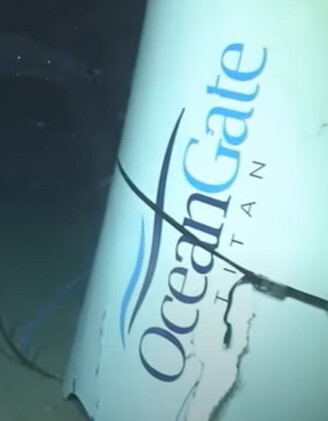Following the release of footage showing the wreckage of the Titan submersible, many viewers were surprised that parts of the sub, particularly the tail cone, appeared relatively intact. Despite being destroyed by a “catastrophic implosion” during a dive to the Titanic wreckage in June 2023, some parts of the sub were found in better condition than expected. This led to questions about why the vessel wasn’t more severely damaged.

Physics professor Arun Bansil explained that during an implosion, large objects do not typically break into countless pieces. He compared it to a pressure cooker, where only certain parts, like the lid, are blown off while the rest of the structure remains intact. In the case of the Titan, the initial failure likely occurred at weak points in the hull, but after the implosion began, large sections were no longer subjected to extreme forces and thus remained more or less intact.
The Titan sub’s final moments were marked by a message from the crew indicating that everything was “all good” before contact was lost. Search efforts eventually led to the discovery of the wreckage, confirming the implosion and the tragic loss of all five passengers. The inquiry into the accident is ongoing, with concerns about safety standards and past warnings about the sub’s structural integrity being examined.
Former OceanGate employees had previously raised alarms about the sub’s safety, which were ignored by management. The hearing into the disaster continues as investigators seek more answers regarding the Titan’s construction, safety procedures, and the events leading up to the fatal dive.




